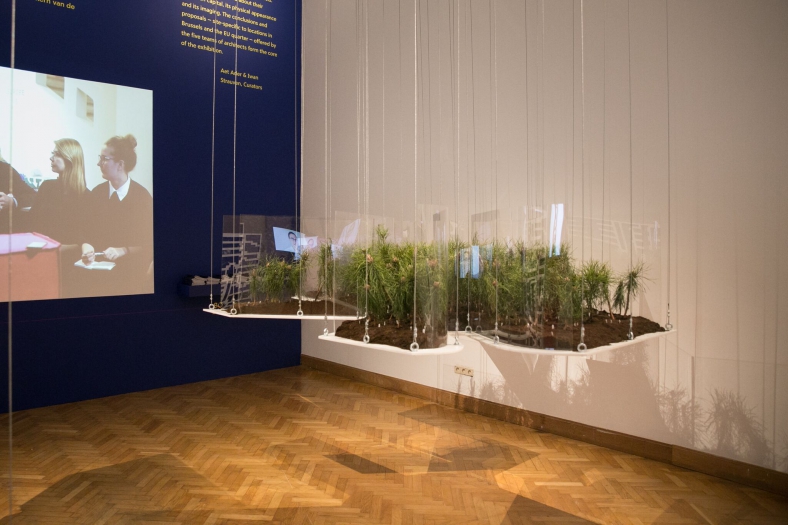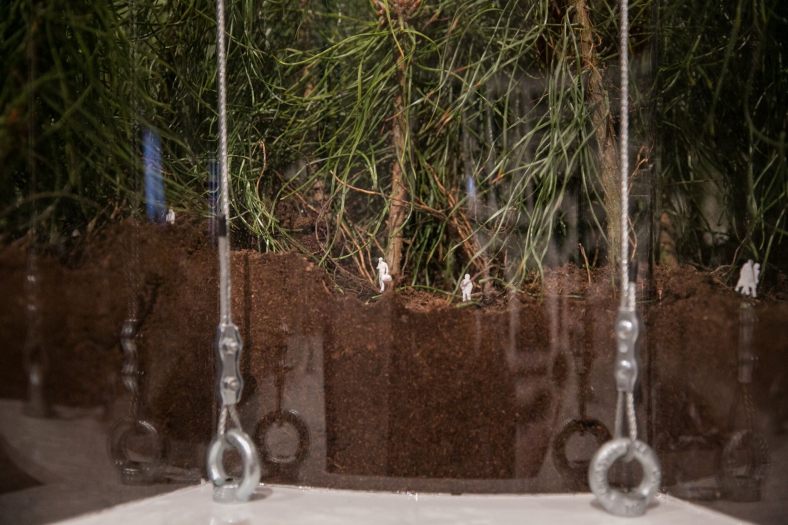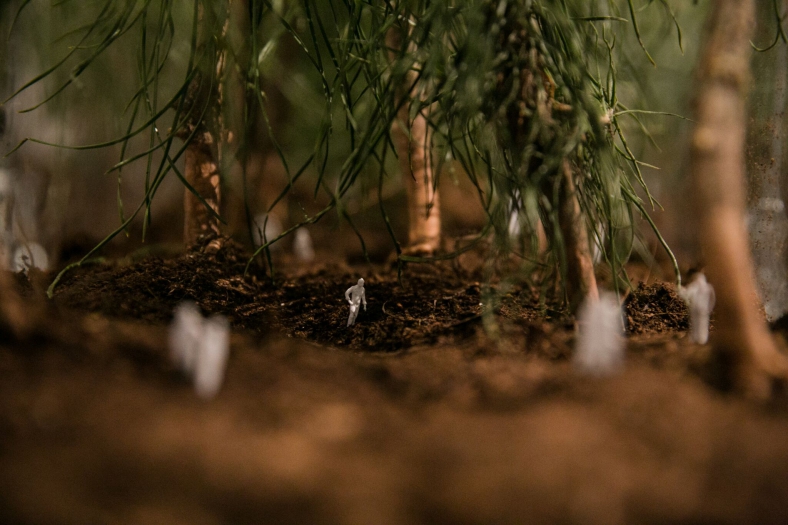For Estonians, forest is an important part of their identity. The tradition of going to the forest to pick mushrooms or berries with one’s parents or grandparents keeps alive the connection with nature and helps to convey heritage and knowledge from generation to generation.
The forest of Soignes nearby Brussels appears as a link with Estonian forest and as a counterpoint to the security infrastructure of the European Quarter: natural security as opposed to man-made security.
The positive effects of the forest are universal. Somewhere deep, perhaps, all Europeans have retained the primordial link with wild nature. The forest is a connecting agent, mentally and spatially. Both types of connection – all in all, connection between the city and nature – could be provided by connecting the green areas of Brussels with the forests bordering the outskirts so as to form a single large green fabric that would fill the streets and other spaces between the buildings.
All in-between spaces would be taken over by forest. The urban void would turn into density and become a space for diversity. The forest would settle the security issue, being inaccessible to cars (car traffic, public transport and security checkpoints would all be underground). The forest is also known to produce anti-stress, anti-wind and anti-noise effects. It would bring air, freshness, quietness and diversity to the city. People would once again be surrounded by the cycles and rhythms of nature, seasonal changes becoming visible.
What would begin to happen in that forest?
Forest is not just trees and moss: it is an ecosystem. There would be new opportunities for connecting the modern lifestyle and technology with traditional, natural ways of life, all this evolving into a new reality.
https://www.bozar.be/fr/activities/135424-belest-un-laboratoire-pour-l-europe-a-bruxelles





